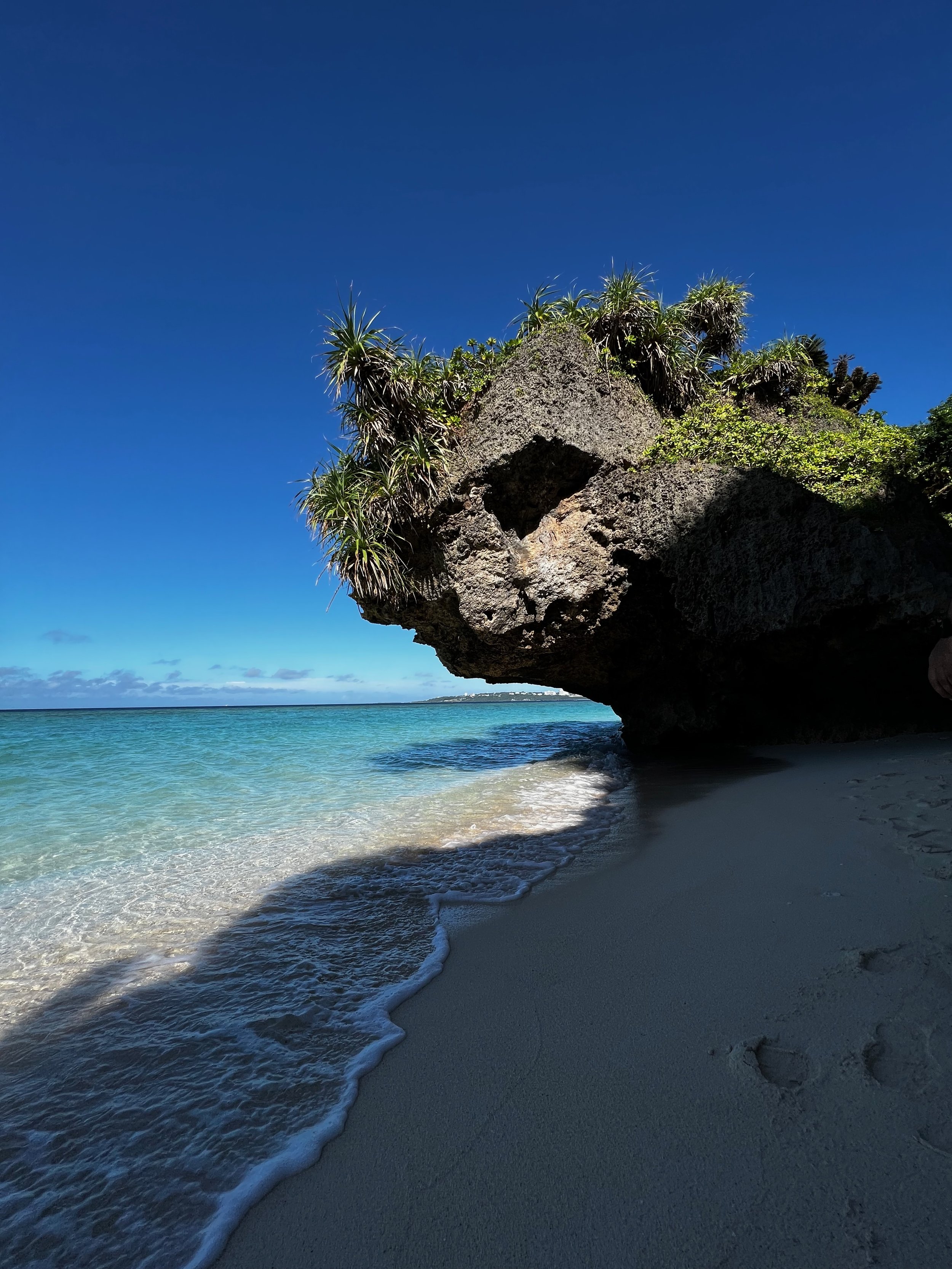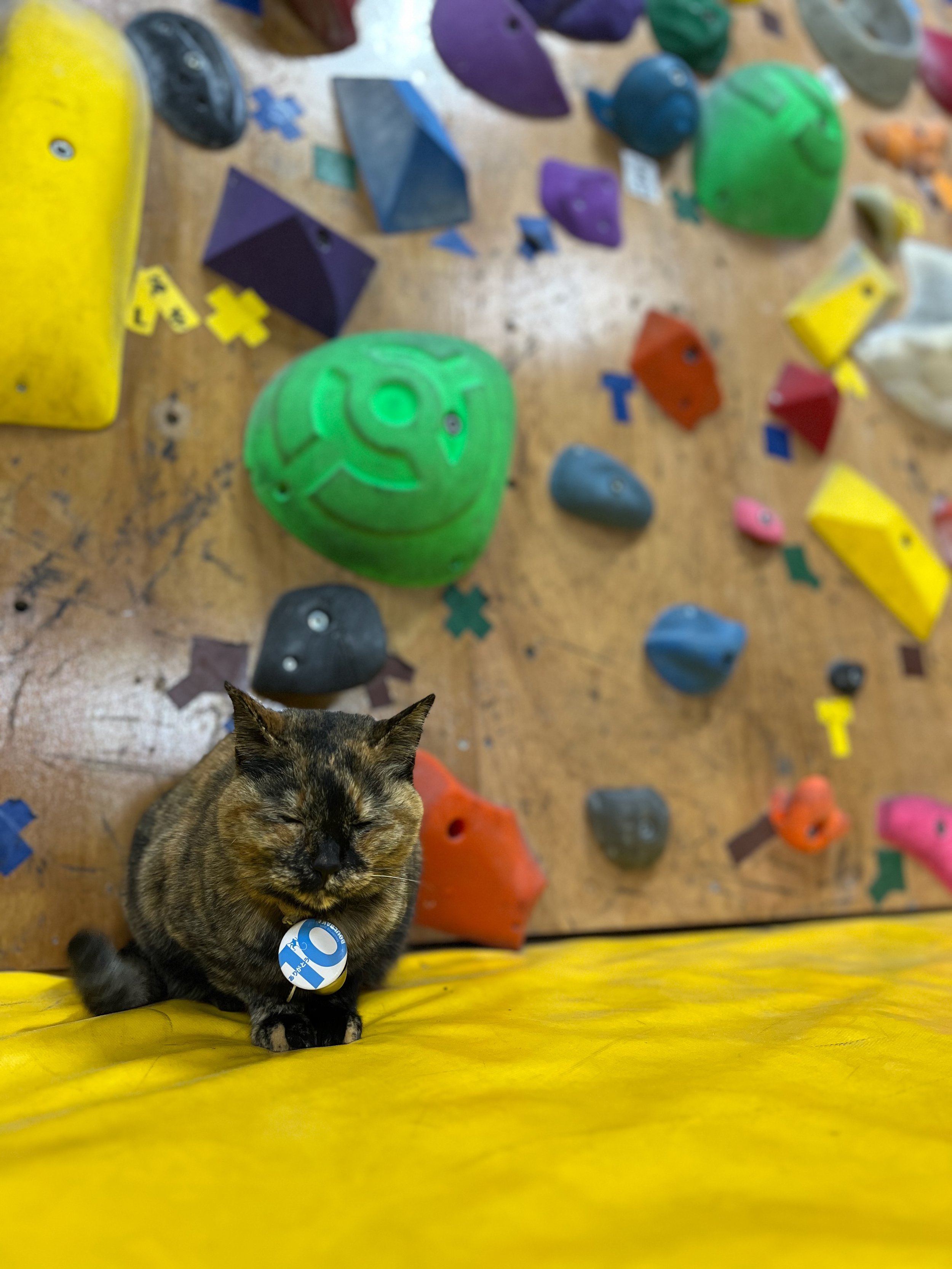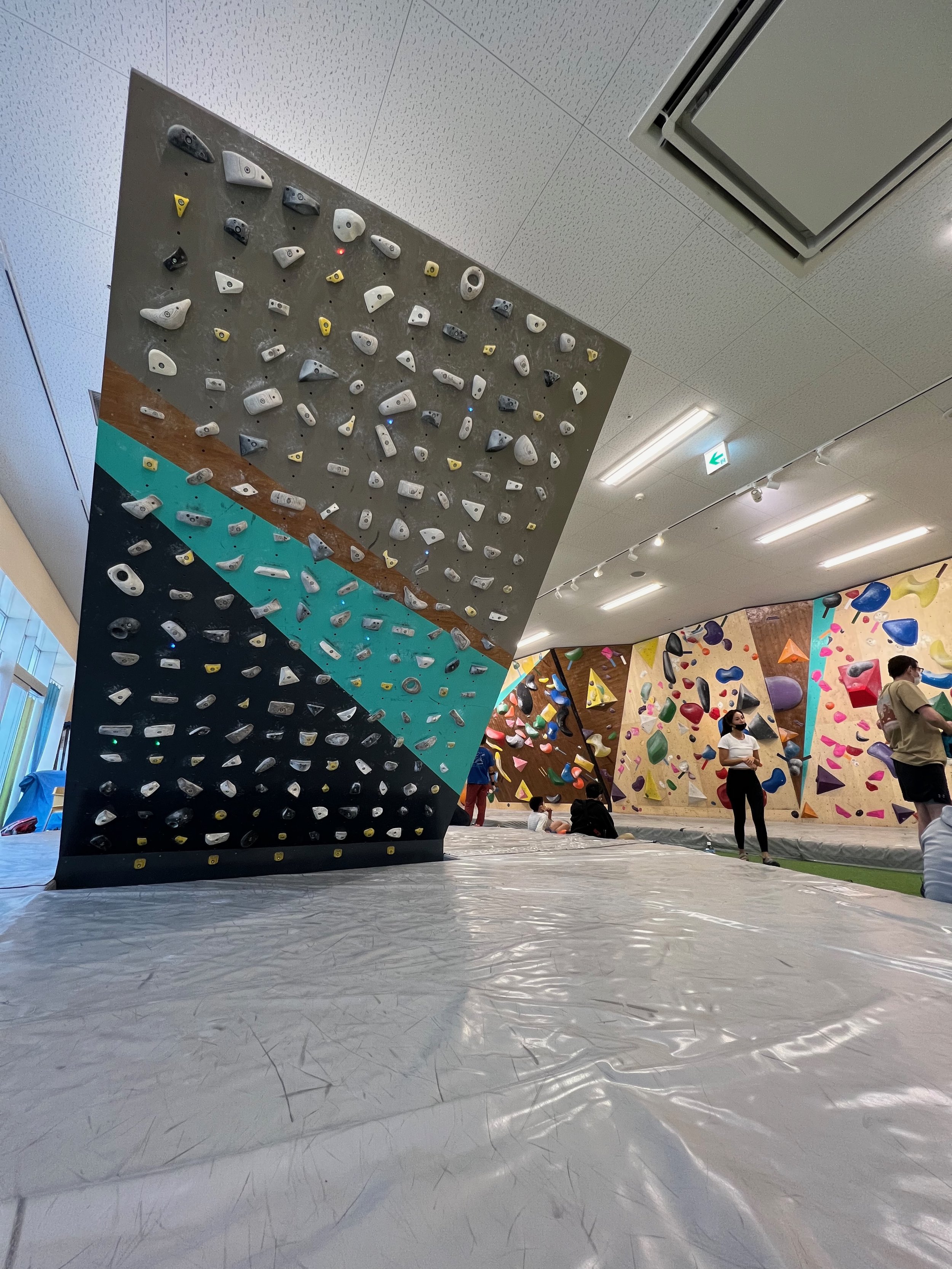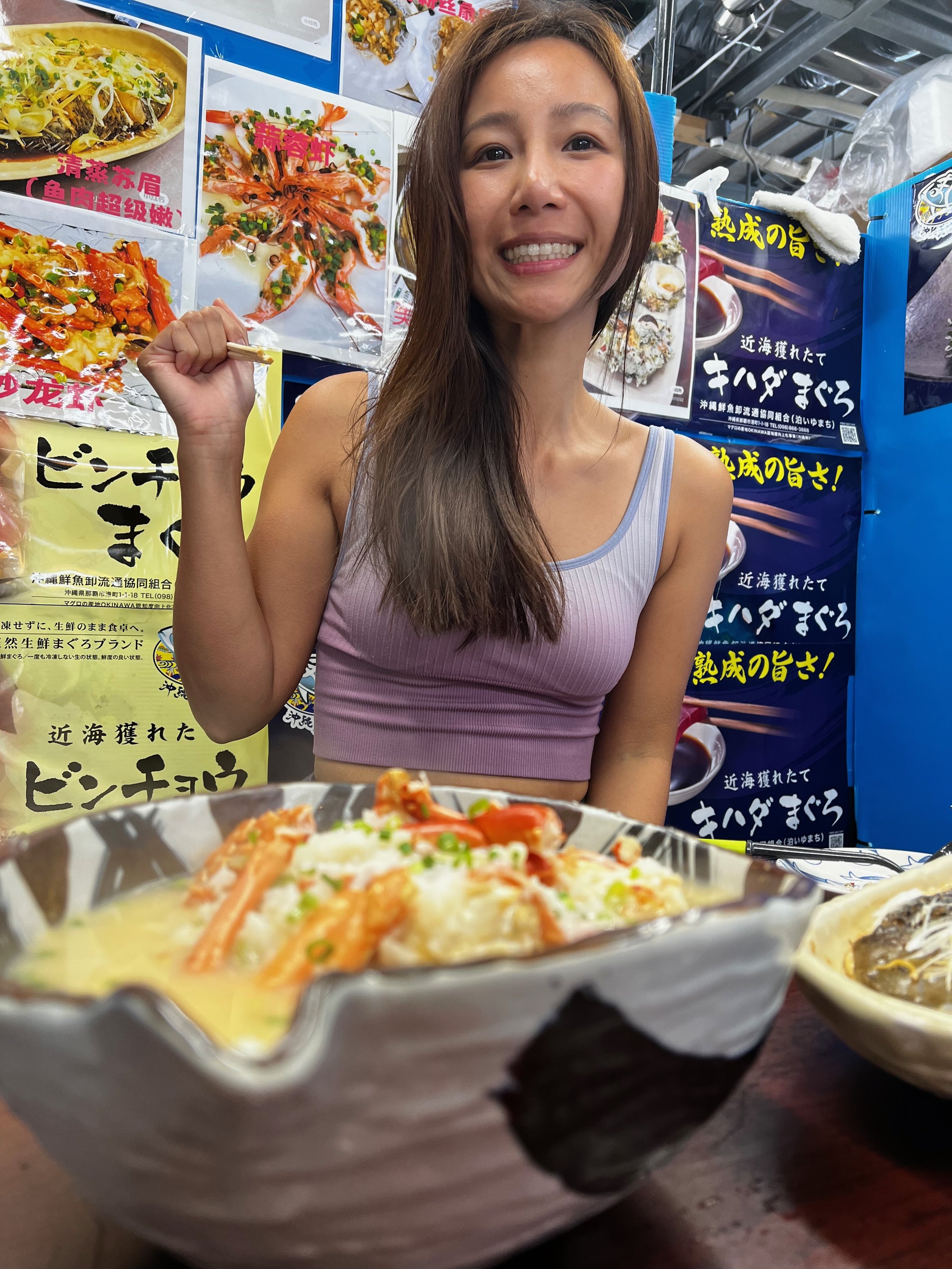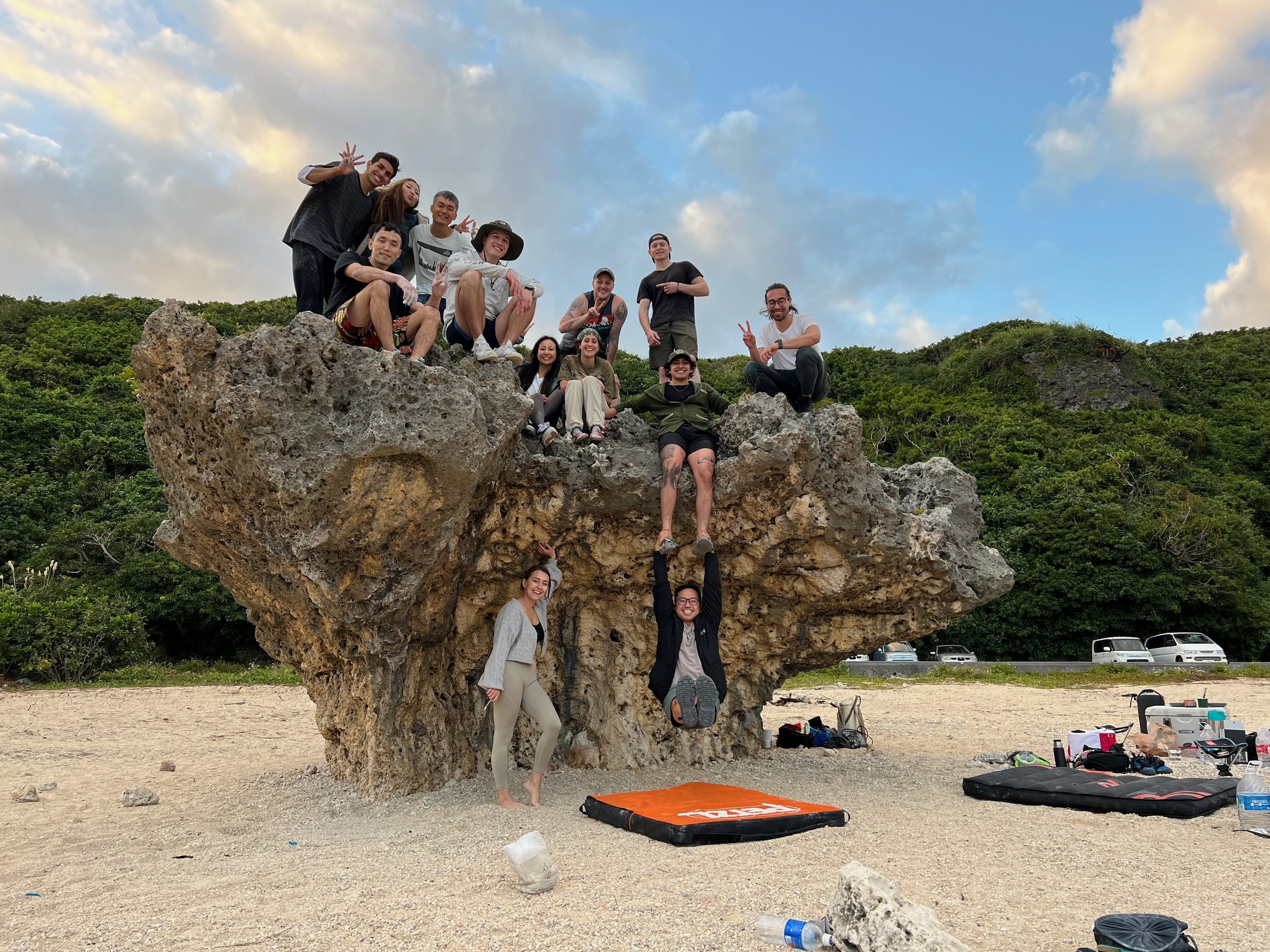Okinawa: Japan’s Hidden Tropical Climbing Paradise
I wasn’t expecting much climbing from this island, but Okinawa’s sharp limestone cliffs, crystal-clear waters, and Ryūkyūan culture blew me away. Just a short flight from mainland Japan, it’s the perfect place to combine epic climbs with beachside relaxation. Whether you’re a beginner, intermediate, advanced, or expert climber, Okinawa has lines that will challenge you—so bring plenty of tape and get ready to explore this hidden gem.
I wasn’t expecting much climbing from this island, but Okinawa’s sharp limestone cliffs, crystal-clear waters, and Ryūkyūan culture blew me away. Just a short flight from mainland Japan, it’s the perfect place to combine epic climbs with beachside relaxation. Whether you’re a Beginner, intermediate, advanced, or expert climber, Okinawa has lines that will challenge you—so bring plenty of tape and get ready to explore this hidden gem.
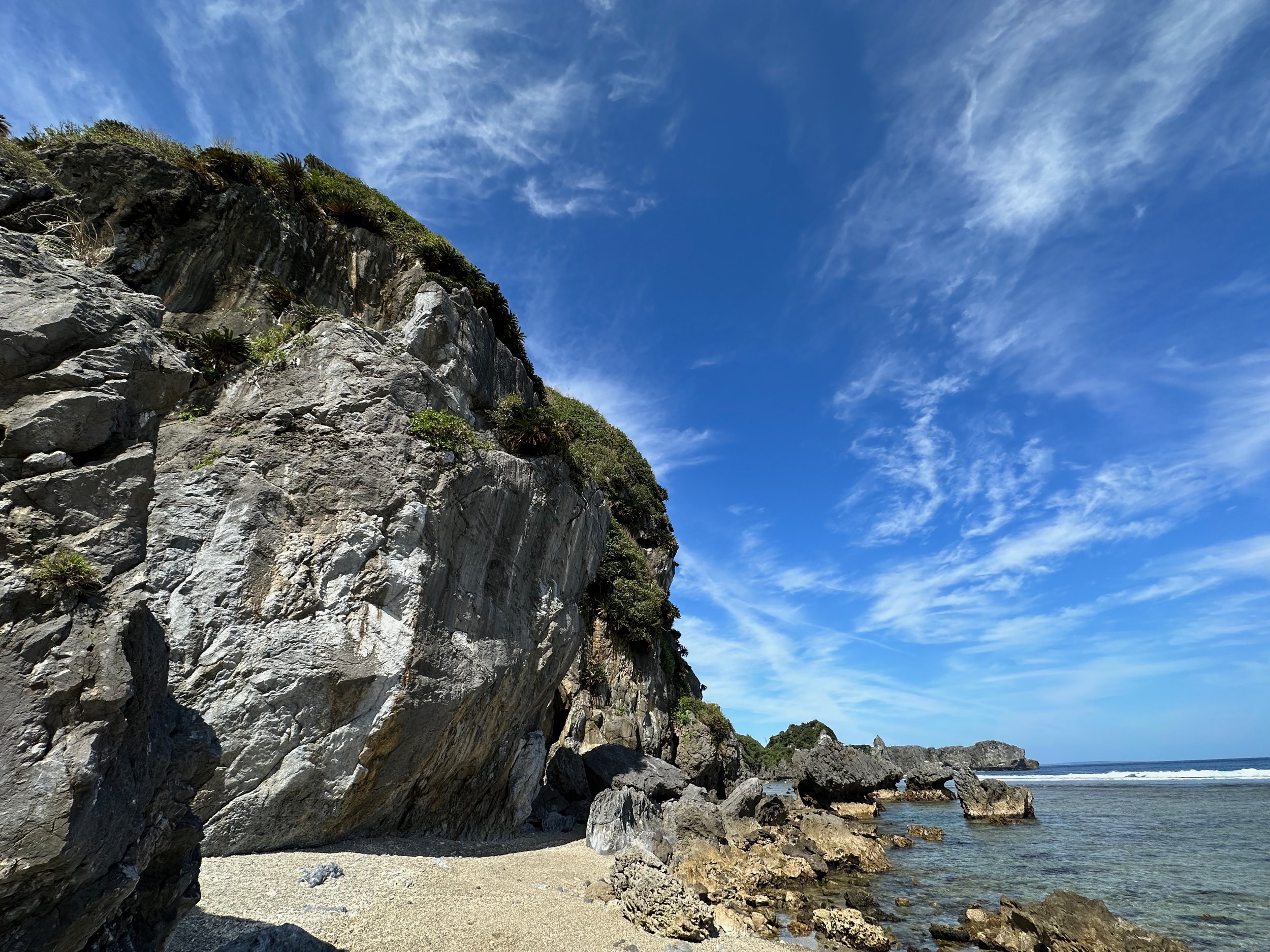
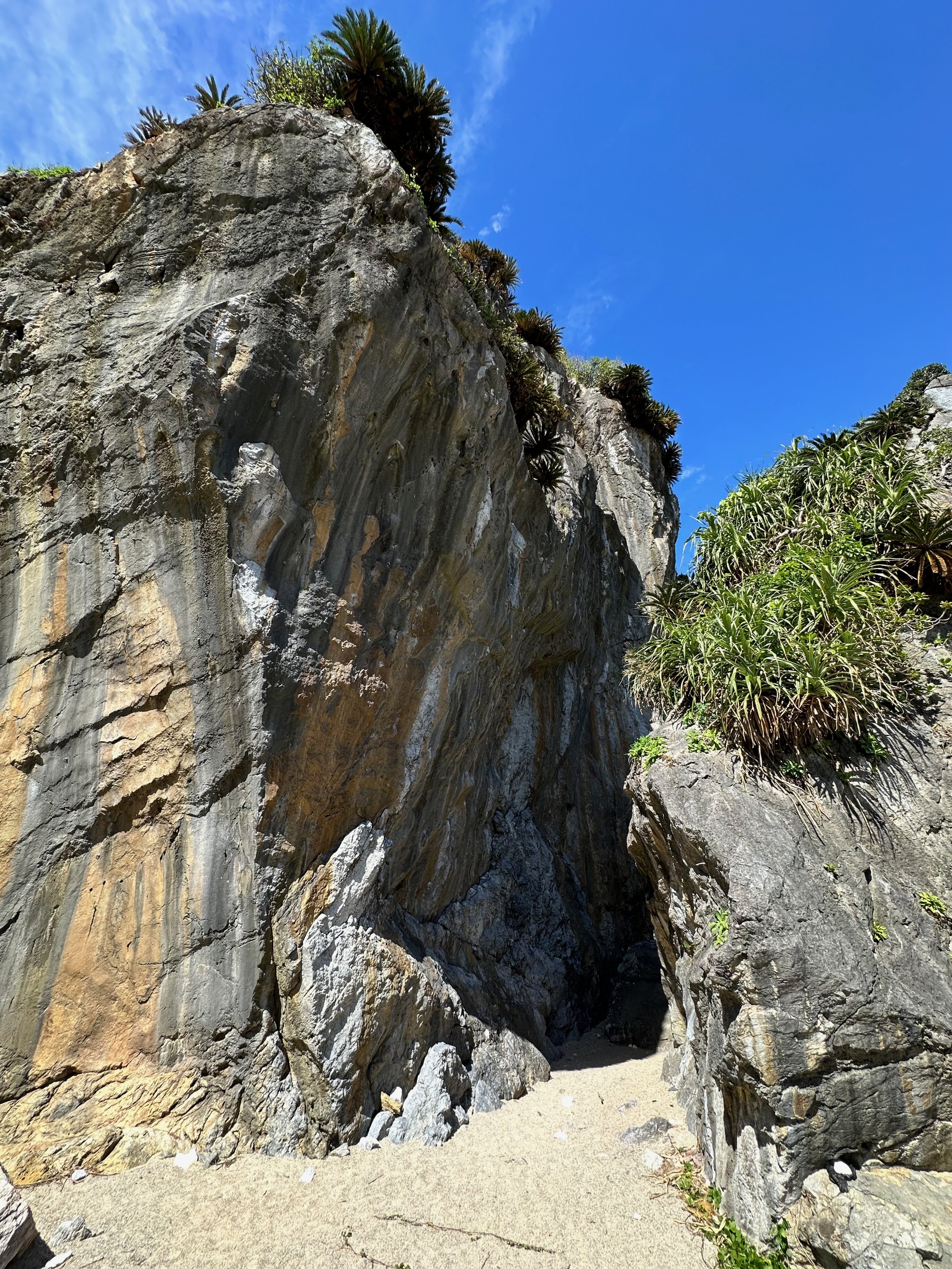
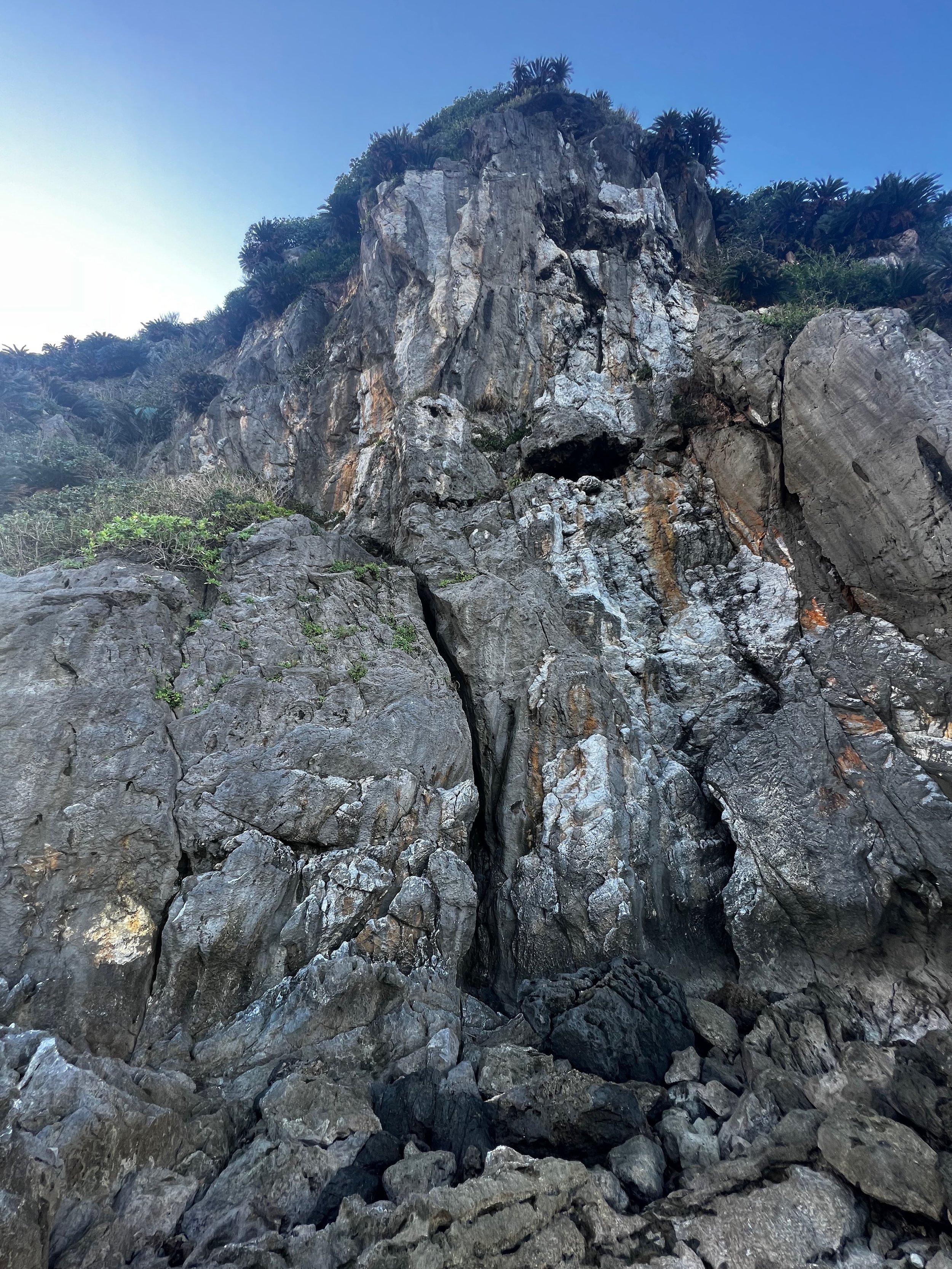
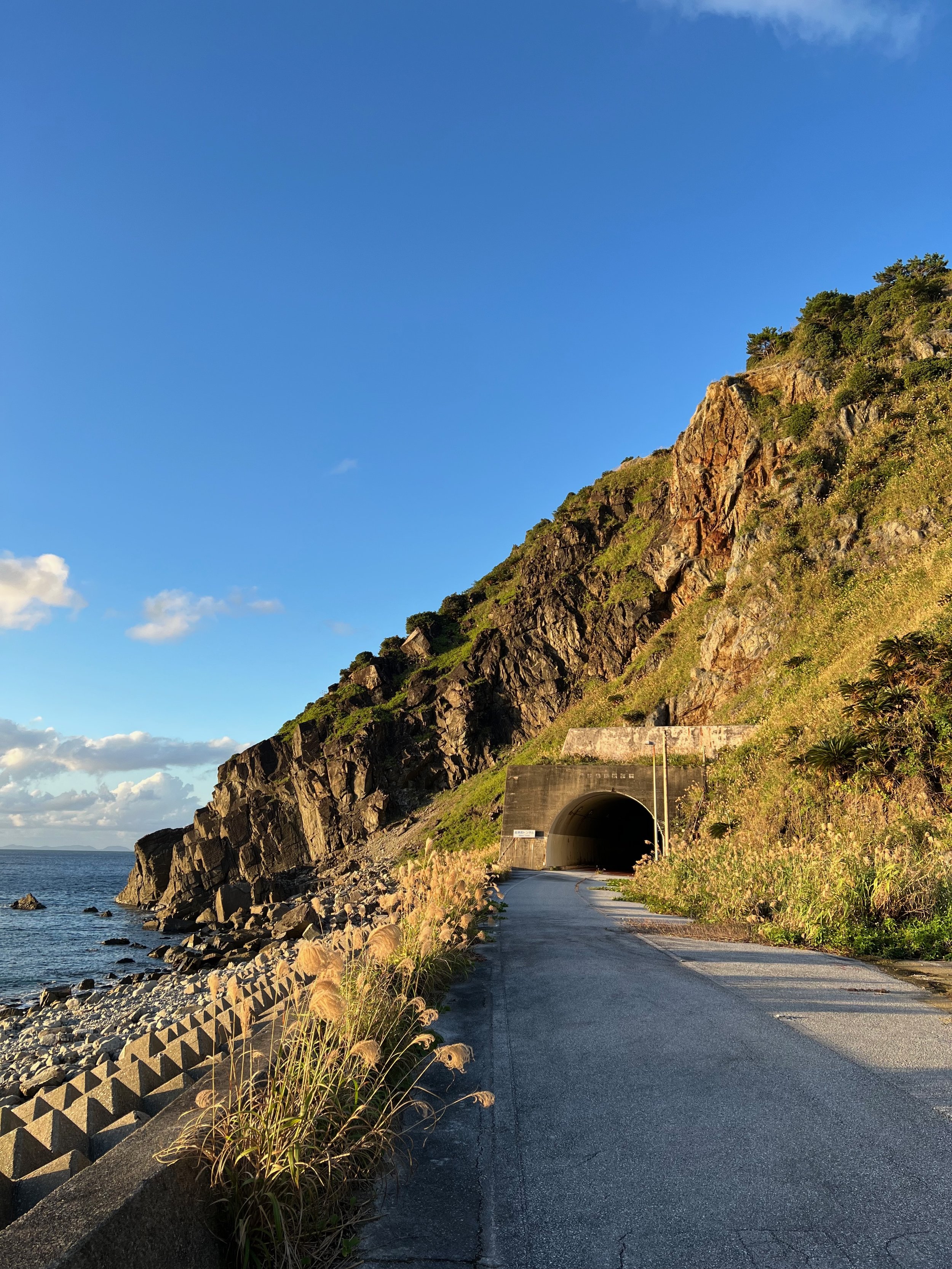
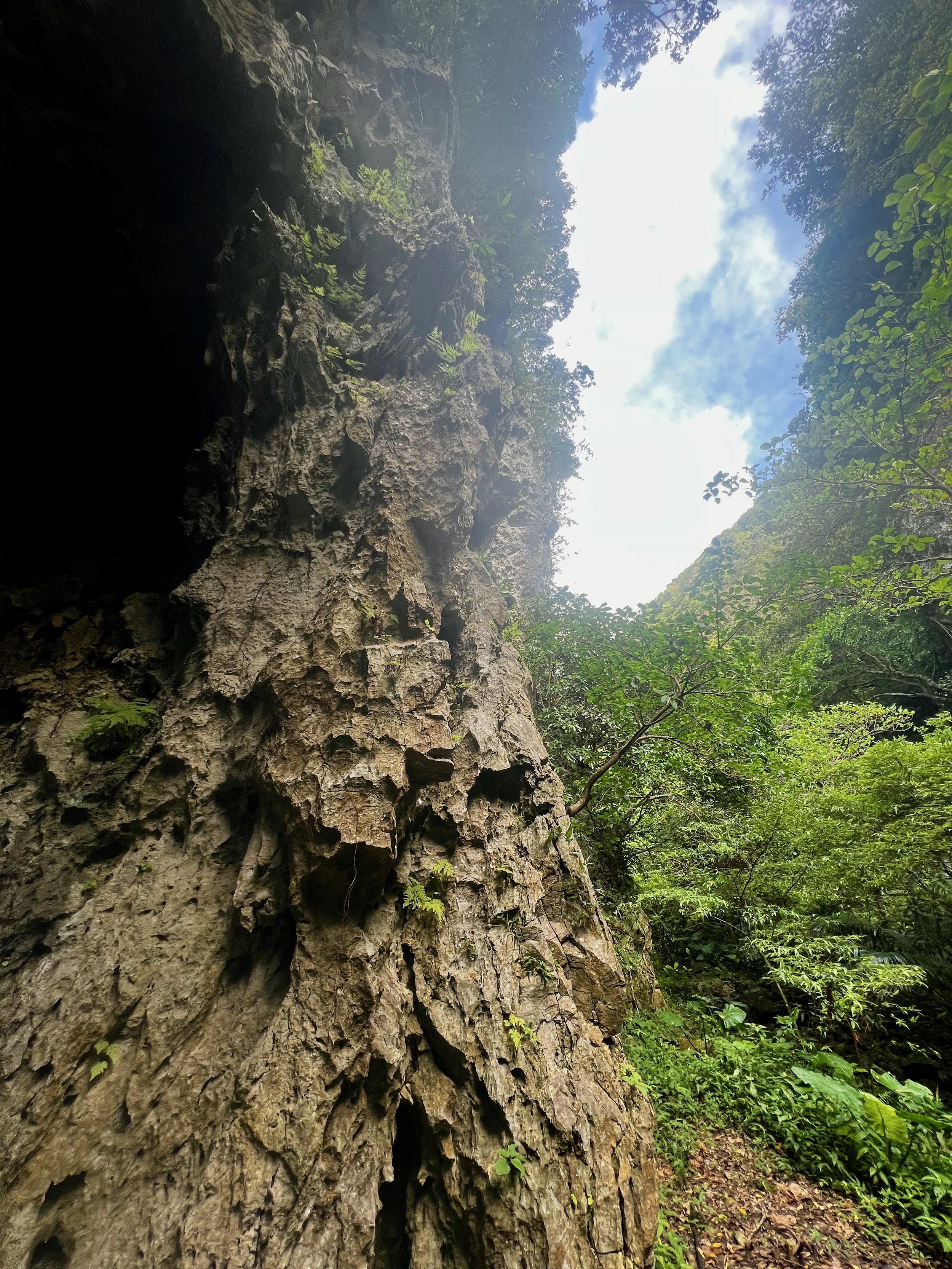
Where to climb in Okinawa?
Sports climbing in Okinawa can be distilled into two main crags. Cape Hedo, located at the northernmost point of the island, offers some of the best and hardest routes, along with breathtaking views. Cape Hedo consists of three wall side-by-side: Andagi Wall and Main Wall are the first you’ll encounter on your approach along the beach. During low tide, you can also access Aquarium Wall, tucked behind the others.
The other major crag is located at Katsuyama, which features three sectors: Lost World, Middle Ground, and The Perch. These areas require a longer approach and are nestled in the mountains, making them less popular than Cape Hedo.
In addition to these two main crags, there are smaller areas like Zatsun Tunnel, which you’ll pass on your way to Cape Hedo.
Find Your Project
-
The quality of beginner climber is not the best in Okinawa but there are some climbs that are worthwhile visting!
Katsuyama
★★★ - Habu Sake - 5b / 5.9 🎥
An unique climb that takes you deep into the snake bottle. Bring your headlamp as you stem up to the anchor in the cave.Cape Hedo
★★☆ - Awamori / 泡盛 - 5b / 5.9 🎥
Named after Okinawa’s famous rice liquor, this route is all about finding your balance and keeping steady as you work your way up.★★☆ - Habubari / ハブバリ - 5b /5.9 🎥
Habubari takes its name from Okinawa’s infamous pit viper, the habu snake. While the route isn’t venomous, it does demand your attention with its slightly more technical moves.Zatsun Tunnel
★★☆ - First Steps / 最初のステッ - 5b / 5.9 🎥
This crag is funky as it is tilted, even though this is the easiest route on the wall it is no joke, the last bolt before the anchor is the crux! -
As an intermediate climber you get to enjoy a lot of different area in Okinawa as there are plenty of routes for you to try at any crags.
Cape Hedo
★★☆ Habu trap / ハブの罠 6a+ / 5.10b 🎥
A great project for intermediate climber with either big move to beat the crux or step on small footholds to stand high.★★☆ Bueno Chicken / ブエノチキン 6c / 5.11a 🎥
A taste of the juicy chickens at the main wall. Jam your hands in for some great rest and fight your pump to the top.Zatsun Tunnel
★★☆ Umuya / ウムヤ 6c / 5.11a
Face climb on a overhanging wall. A perfect sunset climbing spot! -
At Okinawa we have quite a lot of routes in the 6c / 5.11b range so it is a perfect spot for does who just broke into advanced climbing.
Cape Hedo
★★★ Shikuwasa / シークヮーサー 6c / 5.11b 🎥
This is the best of what Okinawa has to offer, super small and sharp crimps! It gets easier as you go up.★★★ Andagi man / アンダギマン 6c / 5.11b 🎥
The flow of this route is amazing with crux after break and crux. Keep pushing it to the top.★★★ Uruma / うるま 7a+ / 5.12a 🎥
Uruma takes it to the next level. This is your entry point into the main wall and try some of the harder climbs. -
As an expert climber you get to enjoy a handful of the hard climbs Okinawa has to offer.
Cape Hedo
★★★ Positive Mental Attitude / 前向きな精神態度 7c+ / 5.13a 🎥
A true test of strength and endurance that rewards you with incredible views at the top.★★★ Taco Rice Cheese / タコライスチーズ 7b / 5.12b 🎥
Dead-point, pockets and endurance is required for this awesome climb.★★☆ Chris Chicken / クリスチキン 7c / 5.12d 🎥
Requiring careful movement and endurance, with its hardest challenge at the top. -
There are not many routes for professional climbers and non for elite in Okinawa. Yet there are some few hard climbs making the vist worthwhile.
Cape Hedo
★★★ Habusake / はぶさけ 8b / 5.13d
Looking for something hard? Try out the hardest route on Okinawa established by Kato Michihiro, owner of Coral Rock Gym and FA by Tommy Caldwell.★★☆ Jiang Hu / 江湖 8a+ / 5.13 C
A hard bouldery start on some overhang going into a near veritcal slab.
Climbing Rules & Community Responsibility
Always follow local regulations, practice Leave No Trace principles, and respect the routes, crags, and natural surroundings. Climbing is inherently risky, so it’s crucial to take ownership of your safety and the decisions you make on the rock. Learn more at Okinawa Climbing Facebook Page.
Bad Weather?
Okinawa’s tropical climate can be unpredictable, and it’s not uncommon for sudden rain showers or typhoons to disrupt your plans. When the weather forces you to take a break from outdoor climbing, don’t worry—Okinawa has plenty of indoor climbing gyms to keep you psyched and strong. Whether you want to work on your technique, try some new challenges, or just meet the local climbing community, there’s a spot for everyone.
Meet Lala the Store Manager at Borubaka
At Borubaka, it’s not just about the climbing—it’s about the vibe. Known for its welcoming atmosphere, Borubaka is run by a passionate tiny shop owner who has built a community of climbers around the gym. If you’re lucky, you might even catch the Manager sharing her unique beta!
Homemade Gym Taken to the Next Level
Coral Rock is one of the oldest climbing gyms in Okinawa, and its owner is a local legend who helped establish some of the island’s original outdoor routes. Stepping into Coral Rock is like stepping into a piece of Okinawa’s climbing history.
Climb on real granite rock on a unique setting style that not just challenges physically but your focus on finding the hold.
Hit the MoonBoard and Comp-Style Climbing
For those looking to train hard, Dbouldering is the place to go. With its MoonBoard and competition-style bouldering routes, this gym is perfect for climbers who want to push their limits and seek some comfort climbing.
Off the Wall
Did you find your project? Great! If not, no worries—there’s so much more to Okinawa than just epic climbs. In this section, we dive deep into what makes this island a true paradise beyond the crags. From savoring mouthwatering local dishes like Okinawa soba and Mozuku tempura, to discovering hidden beaches, cultural landmarks, and the best places to unwind after a tough session on the rock, we’ve got you covered.
Where to Eat?
One of the best parts about climbing in Okinawa is the reward waiting for you at the end of the day—Okinawa’s food. After spending hours on sharp limestone cliffs, nothing beats sitting down to a meal of Fuu Champuru, Okinawa soba, or Umibudo. The island’s food is as unique as its culture, blending Japanese, Chinese, and Southeast Asian influences into dishes you won’t find anywhere else.
Kunigami Minato Shokudo - $
If you’re looking for proper homestyle Japanese food after a day of climbing at Cape Hedo or Zatsun Tunnel, Kunigami Minato Shokudo is the spot. The simple yet satisfying combo of rice, grilled fish, miso soup, and pickles hits the spot perfectly after a long day on the rock. Conveniently located on the way back from the crags, it’s a great stop to refuel and relax. Just make sure to check their hours—don’t climb too late, or you might miss this local gem!
Tomari Iyumachi Fish Market - $$
I had some of the best sashimi of my life at Tomari Iyumachi Fish Market in Naha. If you arrive in the morning, you can watch the fish being freshly prepared right in front of you—it’s an incredible experience. The market is packed with stalls offering everything from raw sashimi to seafood they can cook for you in any style you like. You can even grab some takeaway and enjoy it at the nearby beach.
Yukino - $
The Best Okinawan Food I’ve Ever Had! After living in Okinawa for around six months, I can confidently say that Yukino in Nago serves the best Okinawan food I’ve tasted. The menu is a showcase of the island’s flavors—everything from the savory Fuu Champuru and tender Rafute to the refreshing Okinawa soba and unique Mozuku tempura. Don’t miss the Umibudo and Shimadofu, either; it’s the perfect balance of salty and fresh. Make sure to come early or book in advance, as it’s a local favorite and fills up quickly. Best of all, Yukino offers some of the most value-for-money meals you’ll find in Okinawa. It is the perfect detour after climbing in Cape Hedo, Zatsun or Katsuyama.
What to see?
Need a break from climbing? Nago has the perfect combination of adventure and relaxation for your rest day or discover the Southern part of Okinawa with a mix of adventure, history, and the perfect spot to unwind.
Okinawa Churaumi Aquarium: Meet the Giants and Cutest Creatures of the Ocean.
No trip to Okinawa is complete without a visit to the Okinawa Churaumi Aquarium, one of the largest and most impressive aquariums in the world. As you explore the exhibits, you’ll get up close with a wide variety of marine life, including some of the island’s cutest residents—like the adorable puffer fish and playful baby eels. The real showstopper, though, is the aquarium’s massive whale shark—the largest fish in the world—gliding gracefully through the enormous Kuroshio Sea Tank. It’s a sight that will leave you in awe. Whether you’re a marine life enthusiast or just looking for a fun, relaxing day, the Churaumi Aquarium offers a fascinating peek into Okinawa’s underwater world.
Sesoko Beach: Relax, Boulder, and Carb Load Like a Champ
Sesoko Beach is the perfect place to kick back and relax after a day of exploring. Picture this: soft white sand, crystal-clear water, and the sound of waves crashing. But let’s be honest, you probably won’t be able to resist trying out some of the bouldering that Okinawa has to offer nearby. Once you’ve had your fill of climbing, treat yourself to something delicious—either head to Pizza in the Sky for some pizza with a view or grab a burger at Captain Kangaroo on the way back. It’s the ideal beach day with a little adventure thrown in!
Climb, Snorkel, Explore History, and Catch a Sunset
Start your day at Hanagusuku Beach, where you can snorkel in wave free enviroment during the low-tides and then challenge yourself with some bouldering at nearby Gushichan Beach—a perfect combo of underwater exploration and seaside climbing. After your active morning, dive into Okinawa’s history at the Peace Memorial Park, a meaningful stop to learn about the island’s past. To end the day, head to Umikaji Terrace Senagajima for a well-deserved drink, watch the sunset, and catch planes taking off from the nearby airport. It’s the perfect mix of adventure, culture, and relaxation.
How to get around?
The best and only way to explore Okinawa, especially if you’re planning to hit the crags and hidden beaches, is by car. Public transportation on the island is limited and doesn’t reach many of the climbing spots or remote areas, so renting a car is highly recommended for convenience and flexibility.
For a hassle-free experience, I recommend ABC Rental Car at Naha Airport. They offer a convenient pickup service, making it easy to get your car as soon as you land. Whether you need a car for a day, a week, or even a month, ABC Rental has fair and competitive pricing options. Okinawa’s roads are well-maintained and easy to navigate, but keep in mind that driving is on the left side (like in the UK and Japan mainland).
Did You Like the Blog?
If you enjoyed reading and want to help us keep exploring and sharing more beautiful climbing destinations, consider supporting us. Every little bit helps us cover website maintenance, travel expenses, and the time it takes to create these guides.

